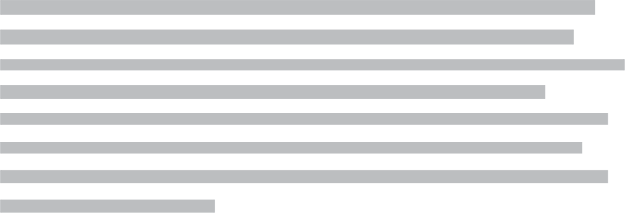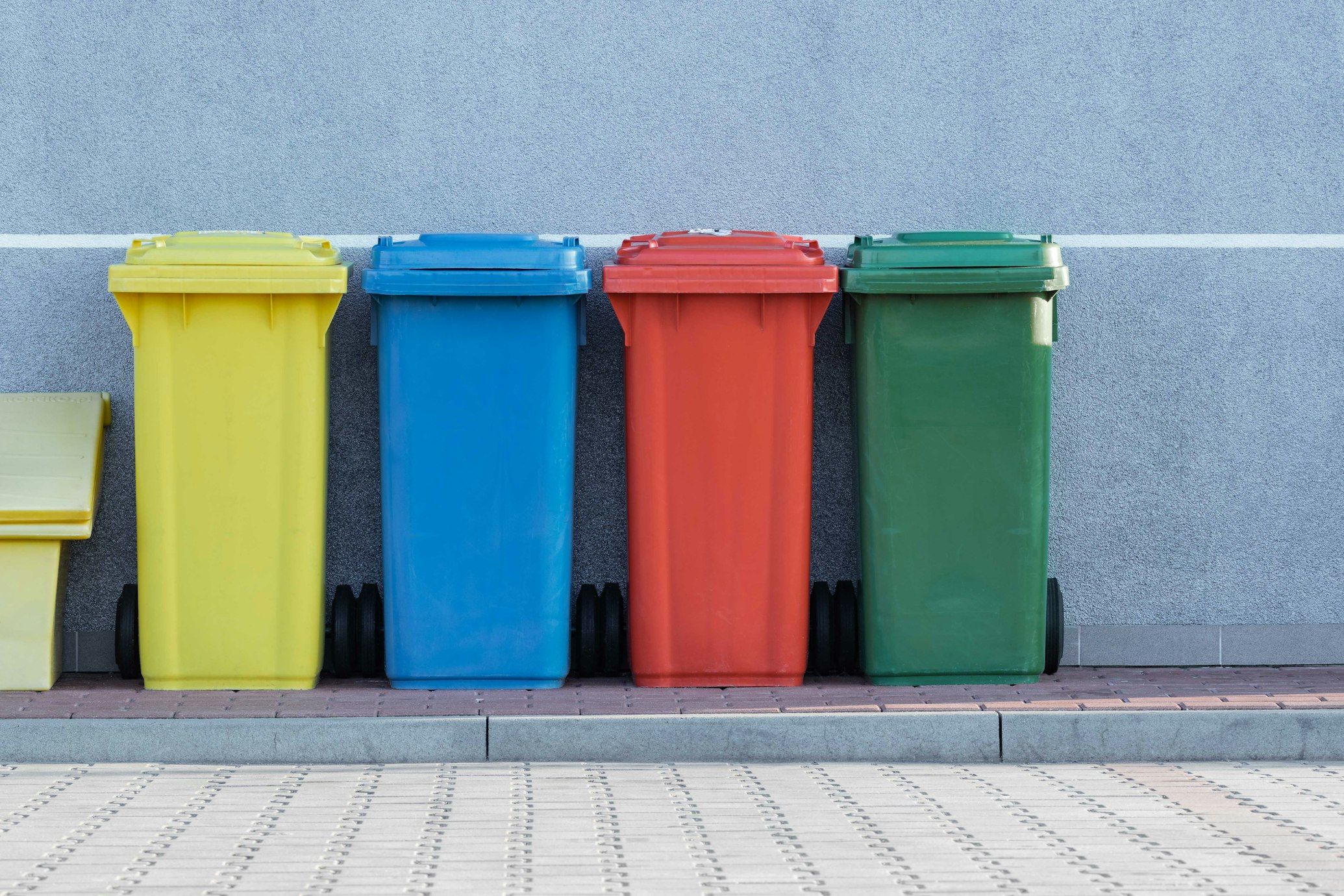All official European Union website addresses are in the europa.eu domain.
See all EU institutions and bodiesIn 2022, the estimated “blue” water used in the production of textile products purchased by EU households was 6.000 million m3, or about 12 m3 per person. “Blue” water only includes surface water or groundwater consumed or evaporated during irrigation, industry processes, or household use. Thus, it excludes rain water.

The water used to produce the textile products purchased by EU households in 2020 is estimated at 5.300 m3, or about 12 m3 per person. This ranks textiles as the fourth highest consumption domain for water use, after food, housing and restaurants/hotels.
Between 2010 and 2022, water use remained relatively constant. After a slight drop in 2020 and 2021 due to the reduced consumption levels following the COVID-19 pandemic, water use increased again. Comparing water use with the total apparent consumption of textiles in the EU in this period, a relative decoupling can be observed. While consumption per person increased by 15% between 2010 and 2020, water use remained almost constant (-1%). This suggests that the water intensity of textile consumption – thus the amount of water used per volume of textiles – has decreased considerably. However, these intensity gains have been offset by increasing consumption volumes.
Only about 15% of water for textile production is used in Europe itself. Thus, about 85% of water consumption for textiles consumed in Europe takes place outside of Europe, mostly in Asia where fibre production and textile manufacturing take place.This share has remained relatively constant over the years. Negative effects related to this are water depletion – and hence water scarcity – as well as water pollution in some of the production countries.
Transitioning to a more circular textile production and consumption system, which emphasises longer use, increased reuse and recycling, and reduced overall consumption, is expected to lower production levels. This reduction would, in turn, decrease the amount of water used - and polluted - in the growing and processing of textile materials.




